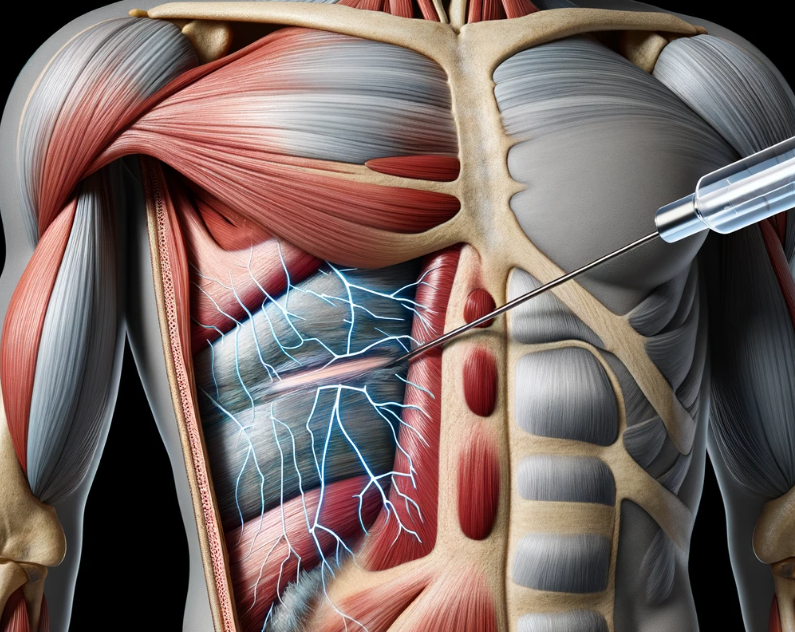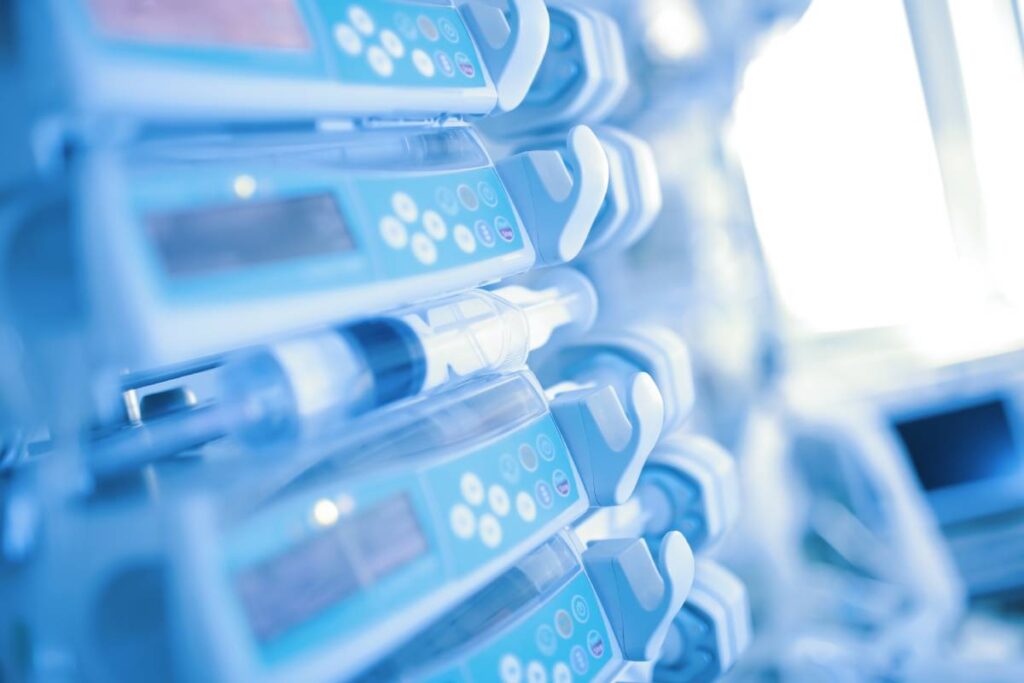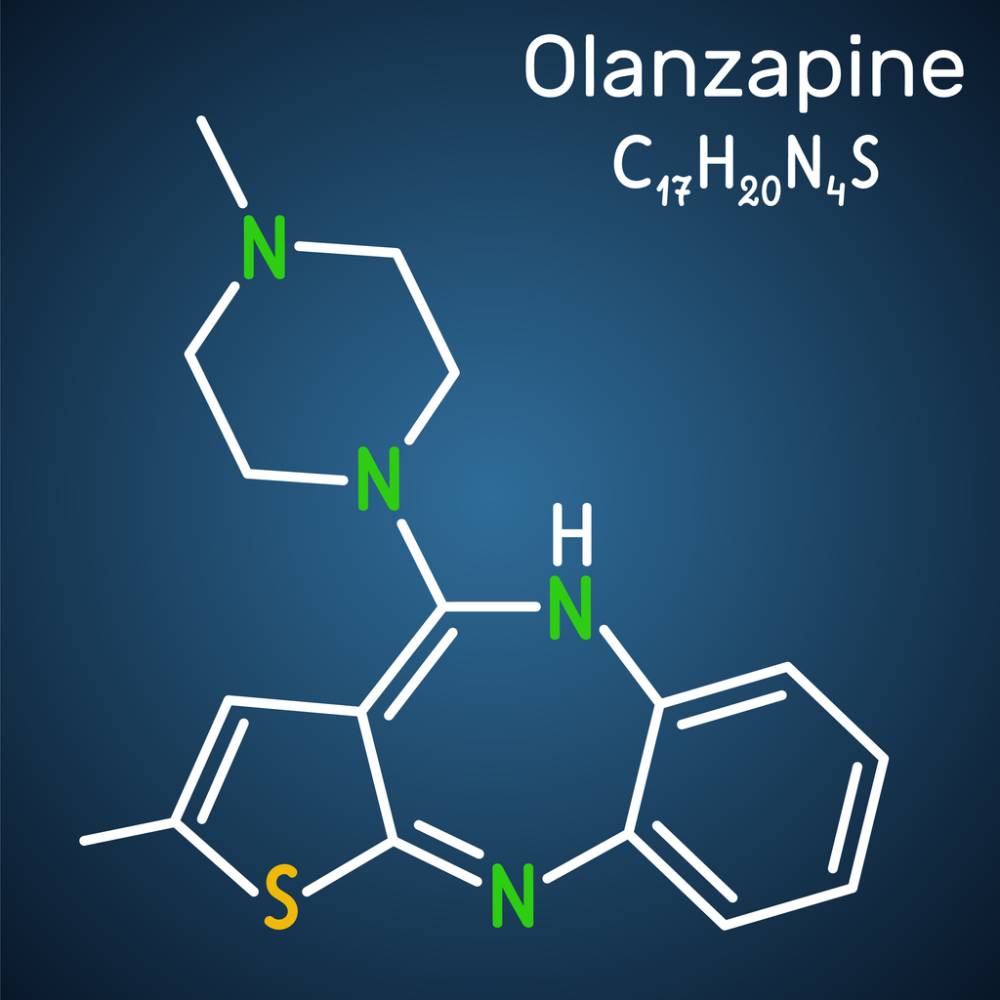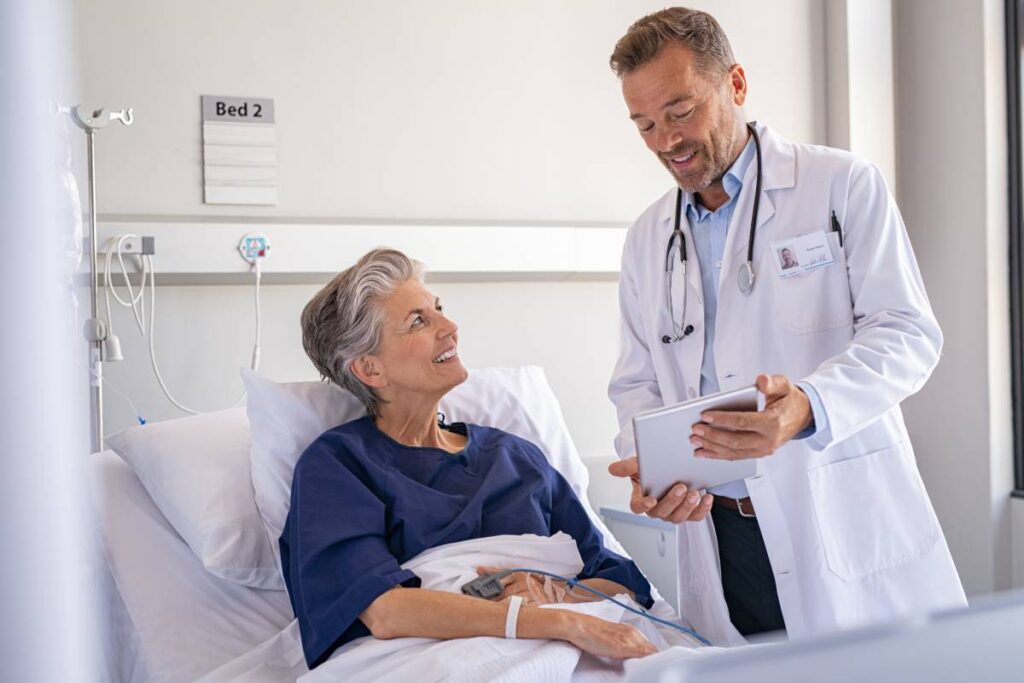Fascial plane nerve blocks are a type of regional anesthesia that offer versatile and effective pain management in various surgical and chronic pain settings. By targeting specific planes within the fascial layers, these nerve blocks provide localized analgesia with minimal side effects, enhancing patient comfort and recovery. A fascial plane nerve block involves injecting
Overview of Fascial Plane Nerve Blocks










